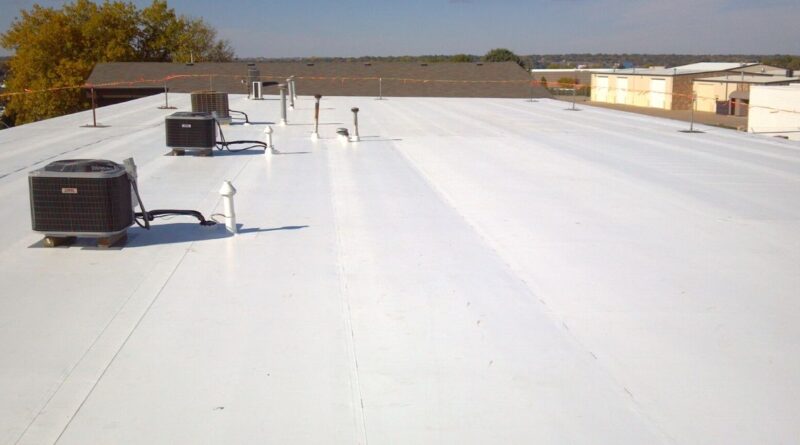Even the highest quality roof structure built from premium materials and installed by a professional will need repairs, maintenance, and eventual replacement. Let’s look at some of the most common commercial roof issues that you may encounter.
Exposure to the Elements
The roof of your commercial building is your first line of defense against nature’s extreme power. It must be robust and adaptable to the environment’s conditions to resist such a force for an extended period. Thankfully, if you regularly repair and maintain your roof, you can extend its life despite exposure to harsh elements, which leads to our next point – neglect.
Neglect
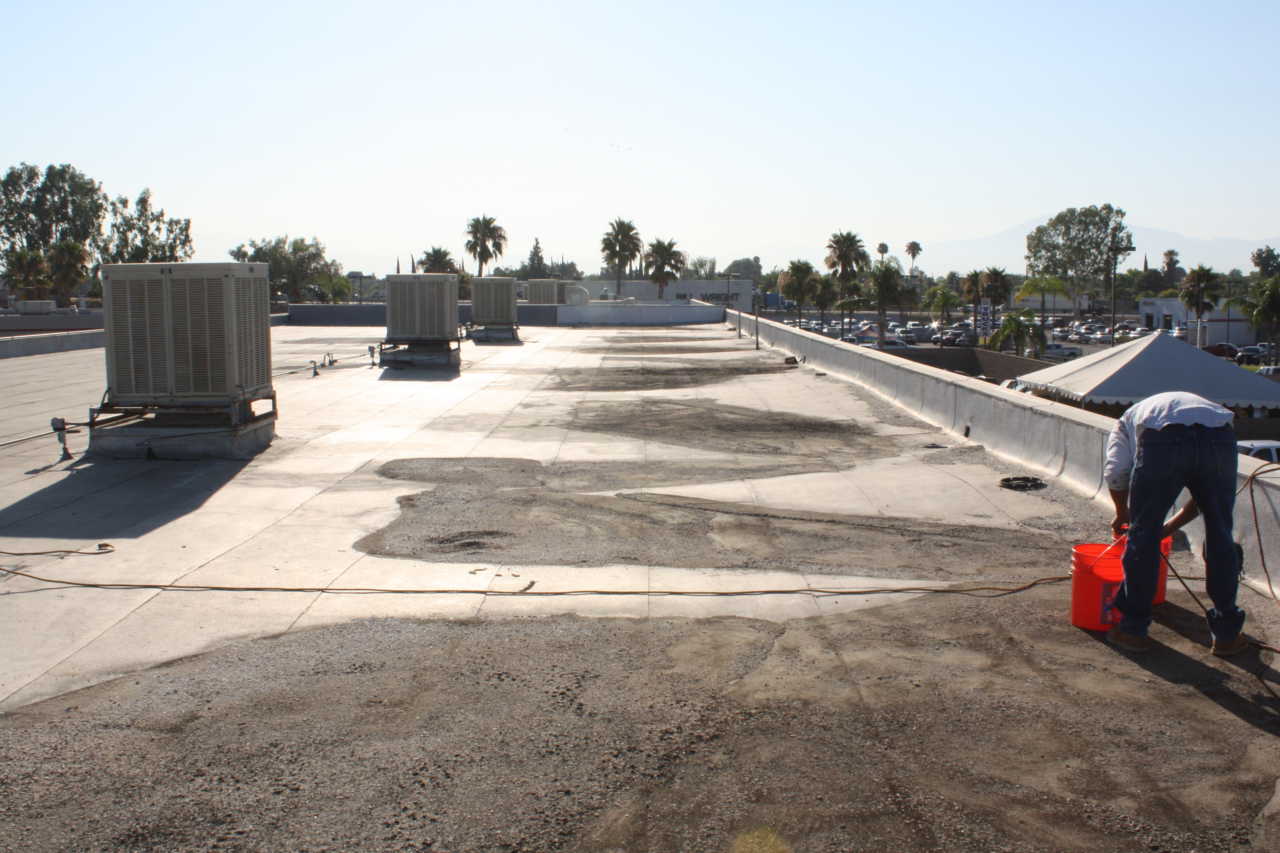
source: roofslope.com
Neglect, in this case, refers to poor maintenance. If you ignore its upkeep, your commercial roof won’t last. You can compare it to a garden – if you don’t keep up with watering and weeding, your plants will wilt and die. Your roof area needs regular inspection, cleaning, and fixing to ensure its longevity and continued functioning. By staying on top of roof maintenance, you prevent problems from spreading. Installing specialty roof hatches makes it easier to access your roof for regular maintenance and repairs.
Incompatible Materials
If you have an older building, use high-quality products when making repairs, and ensure they are suitable for installing alongside the existing materials.
Many restaurants upgrade to PVC roofing materials because they resist fats, oils, and grease. Still, if these materials contact an EPDM rubber membrane on the same roof, the membrane breaks down almost instantly.
Poor Installation
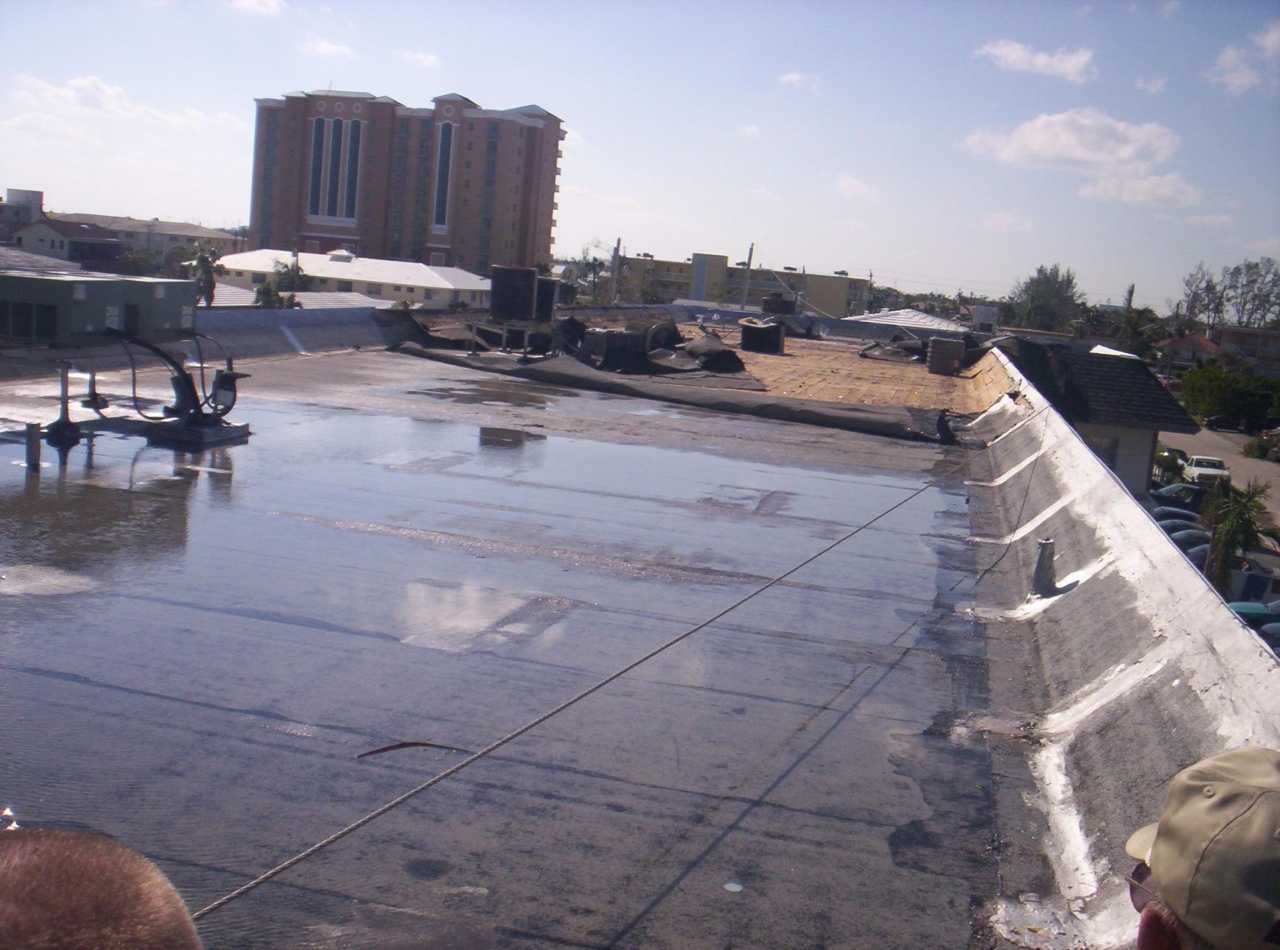
source: roofslope.com
Sometimes, it is not the quality of your material but the installation work that brings many issues to your commercial roof. Competent and proper installation should be the first step in any roofing project. Improperly installed roofs are more likely to cause problems. In addition, an incorrectly installed roof has a shorter lifespan.
The lifespan of a well-fitted PVC roof is about 20 years. However, if done incorrectly, the longevity will drastically shorten. To ensure that you get the proper installation you require, do your homework and find the best local roofing professional who can help you. Relying on DIY videos can be helpful in some cases, but a professional will ensure your roof installation is up to code.
Debris and Foreign Materials
Foreign materials and debris will accumulate on your roof as time passes. Cleaning your roof and dislodging branches and leaves will help prevent shingles from lifting and collecting moisture which can cause rot to set in.
Damaged Flashing
The cause for most roof leaks is the improper placing of flashing. When metal dramatically expands and contracts, it may also cause damage to your flashing. To redirect water from joints and seams, install flashing on curbs, walls, and protrusions, such as chimneys and pipes. When this occurs, holes may form at the seams, or the metal may rip, resulting in a leakage. Water can also enter your roof through improperly finished flashing, so opt for professional installation.
Punctures
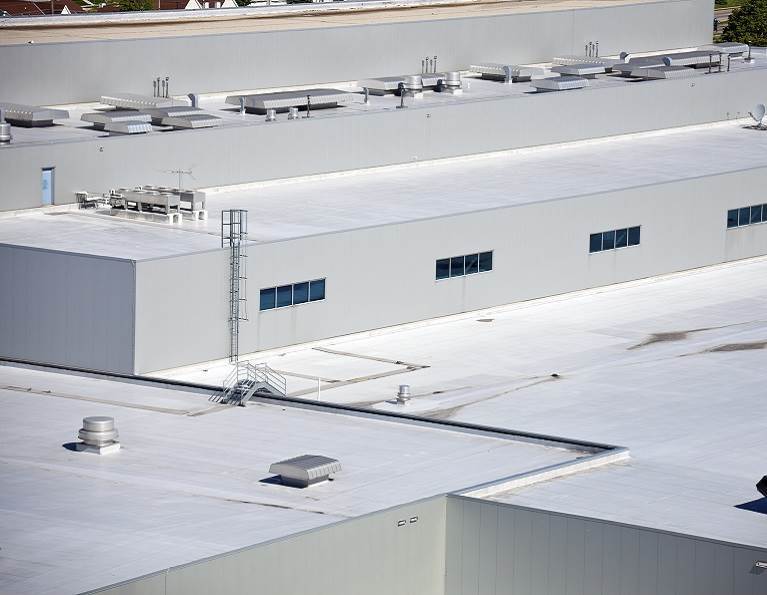
source: mckinnisinc.com
Punctures in single-ply roofing systems are typically due to foot traffic. Rough soles can rip through coverings when people are walking on the roof. These movements can puncture the membrane on a ballasted roof.
Stagnant Water
Due to clogged drains and improper drainage, standing water often collects on flat commercial rooftops. Water from rainfall or conditioning systems can sometimes clog drains because the slope or roof angle is insufficient. Standing water can degrade the roof and create leaks in this situation. Have a professional inspect your roof to address problem areas, as collecting stagnant water can lead to extensive roof damage.
Leaks
Among the most typical commercial roofing matter is leaking. Mold can grow in your building if moisture enters through the roof. Ice, wind, hail, snow, and other material exemplify how moisture can penetrate your roof’s layers. Watermarks on the ceilings and walls, fungus, musty aromas, trickling water, or pools within your building are signs of a leaking roof.
Shrinkage
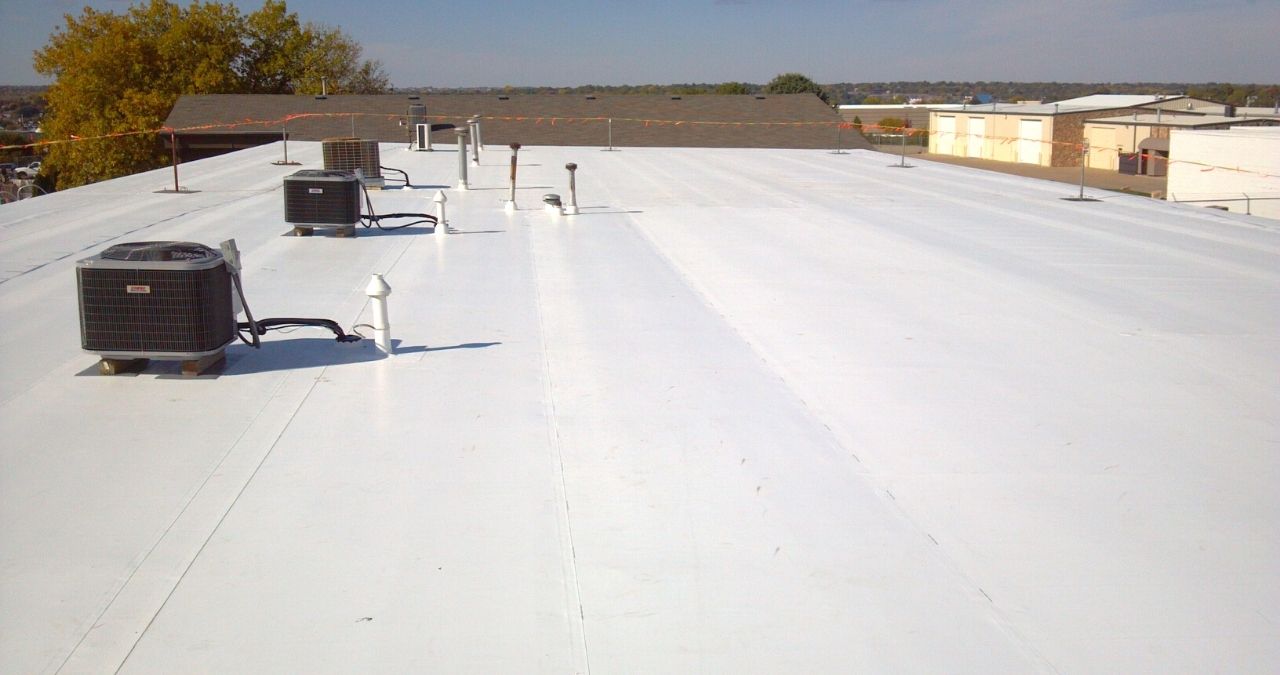
source: mckinnisinc.com
Unpredictable temperature changes cause roofing materials, mainly metal, to expand and compress. Metal flashing and drip edges can alter in size dramatically depending on the season. Joints can fail, and pores can form as the material expands or contracts, causing a leakage.
The Takeaway
When it comes to your roof, rely on professionals for installation, maintenance, repairs, and roof replacement. Watch for signs of problems developing and call a roofing expert to address potential issues before they get more serious. Your roof will last much longer, and your wallet will thank you!

